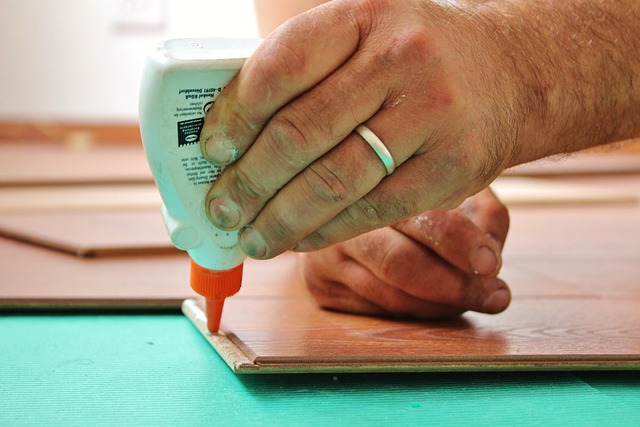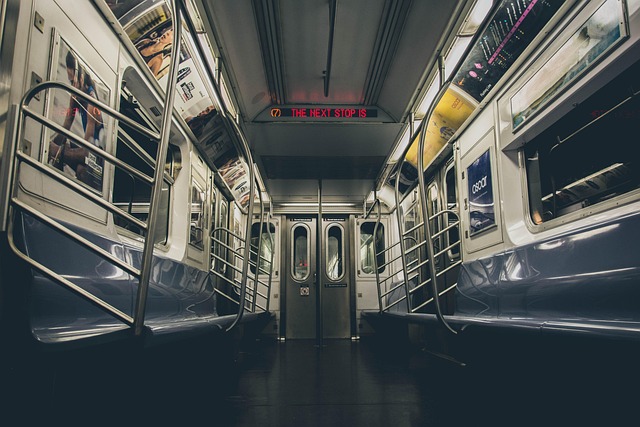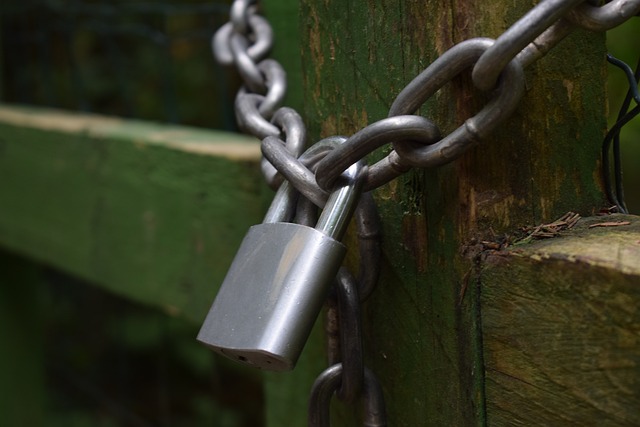Glue laminated beams (GLBs), crafted by bonding wood veneers with adhesives, enhance modern architecture with increased span capabilities and strength. Common failure factors include contaminated surfaces, improper glues, moisture fluctuations, and fire damage. Manufacturers mitigate these risks through controlled drying and fire-resistant glues, emphasizing proactive management for successful GLB production and installation. Understanding failures and industry standards ensures structural integrity, with insights available at unalam.com.
“Discover top tips for troubleshooting glue lamination failures in this comprehensive guide. Learn about the fundamentals of What is a Glue Laminated Beam? and its advantages. Explore common causes behind these failures, from improper preparation to environmental factors. Armed with effective troubleshooting strategies, you’ll enhance your results, ensuring stronger and more reliable glue lam beams for various applications.”
- Understanding Glue Laminated Beams: Basics and Benefits
- Common Causes of Glue Lamination Failures
- Effective Troubleshooting Strategies for Improved Results
Understanding Glue Laminated Beams: Basics and Benefits

Glue Laminated Beams, often referred to as glulams, are structural elements crafted by bonding together several layers of wood veneers with strong adhesives. This innovative construction technique has revolutionized modern architecture, enabling the creation of larger and more complex spans without sacrificing strength or stability. Glulam applications are diverse, ranging from residential structures and commercial buildings to bridges and other infrastructure projects.
One of the primary advantages of glulams over traditional laminated wood beams is their superior structural integrity. The meticulous glulam beam assembly procedures ensure consistent load distribution, making them ideal for supporting heavy loads in various architectural designs. Their strength-to-weight ratio is exceptional, contributing to more efficient use of materials and reduced construction costs. For all your glue lamination troubleshooting needs or to discuss specific glulam applications, give us a call at (607) 369-9341.
Common Causes of Glue Lamination Failures

Glue lamination failures are common issues that can arise during the manufacturing and construction processes, particularly with what is known as a glue laminated beam. These beams, composed of multiple layers of wood glued together, have become an integral part of modern structural engineering due to their strength and versatility. However, several factors contribute to lamination failures:
One primary cause is inadequate preparation of the wood surfaces before gluing. This includes contaminations like dust or oils that can disrupt the bonding strength. Moreover, improper glues, incorrect application techniques, or unsuitable pressure and temperature conditions during curing can lead to weak bonds between layers. In recent years, glulam manufacturing trends and innovations have focused on enhancing these processes to ensure superior product quality. Another significant concern is moisture content; when wood has too much or too little moisture, it can compromise the lamination’s integrity, especially over time. Fire damage is also a critical issue, as it can weaken structural beams and lead to unexpected failures. To mitigate these risks, manufacturers employ various techniques, such as controlled drying and fire-resistant glues, to enhance the durability of glue laminated beams (GLB). By understanding these common causes, professionals can proactively address potential problems, ensuring the successful production and installation of GLBs, which are renowned for their ability to resist fire damage due to their engineered design. For more detailed information or technical guidance, give us a call at (607) 369-9341.
Effective Troubleshooting Strategies for Improved Results

Effective troubleshooting strategies are essential for achieving optimal results with glue lamination processes. When dealing with failures, understanding the root cause is crucial to preventing future issues. A thorough investigation into the manufacturing and assembly procedures can reveal subtle errors that lead to poor bond strength or structural integrity problems. Regularly reviewing design software outputs and comparing them against industry standards and best practices is a proactive step.
For instance, examining the glulam beam properties and performance through advanced testing methods can uncover hidden weaknesses. Similarly, ensuring precise alignment and proper application techniques during assembly significantly reduces failures. Moreover, staying updated with the latest advancements in glue lamination technologies and materials can empower engineers to make informed decisions, ultimately enhancing overall structural performance. Visiting us at unalam.com anytime offers valuable insights tailored to these specific needs.
When it comes to What is a Glue Laminated Beam, understanding the potential pitfalls and implementing effective troubleshooting strategies are key. By identifying common causes of glue lamination failures, such as improper preparation, inadequate cure time, or environmental factors, you can significantly improve your results. Adhering to best practices and utilizing the top tips outlined in this article will ensure stronger, more durable glue laminated beams for various applications.














